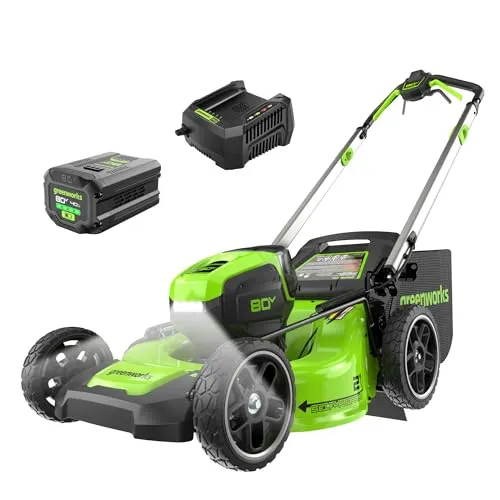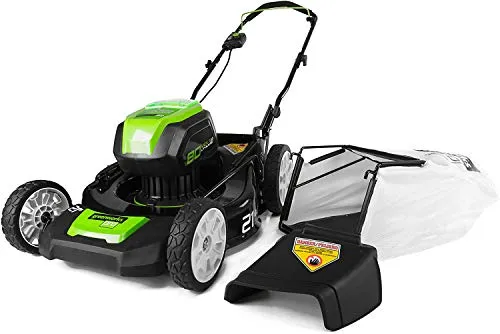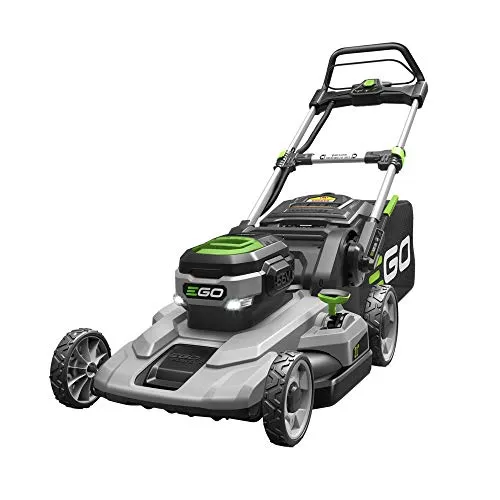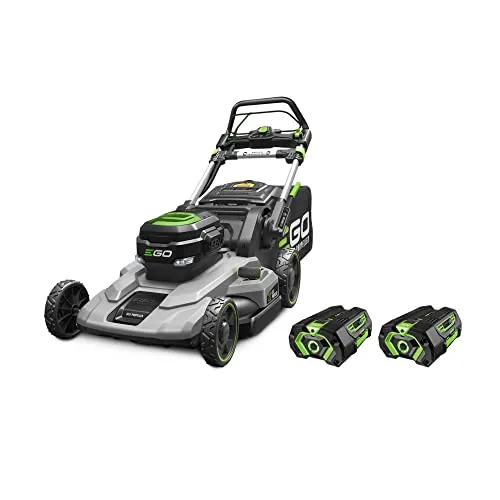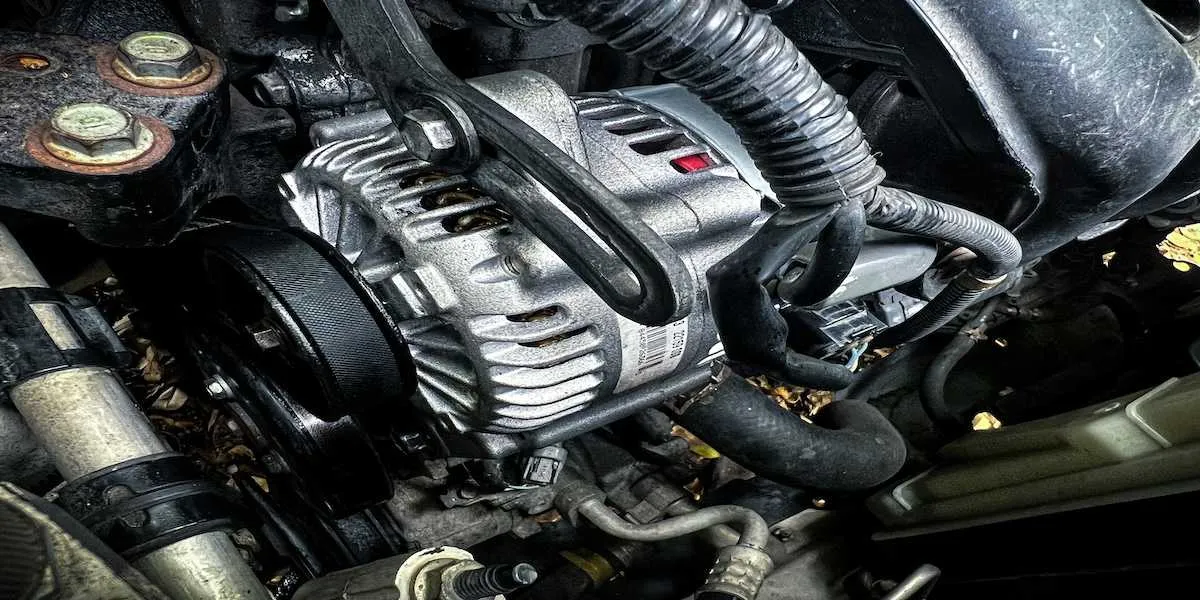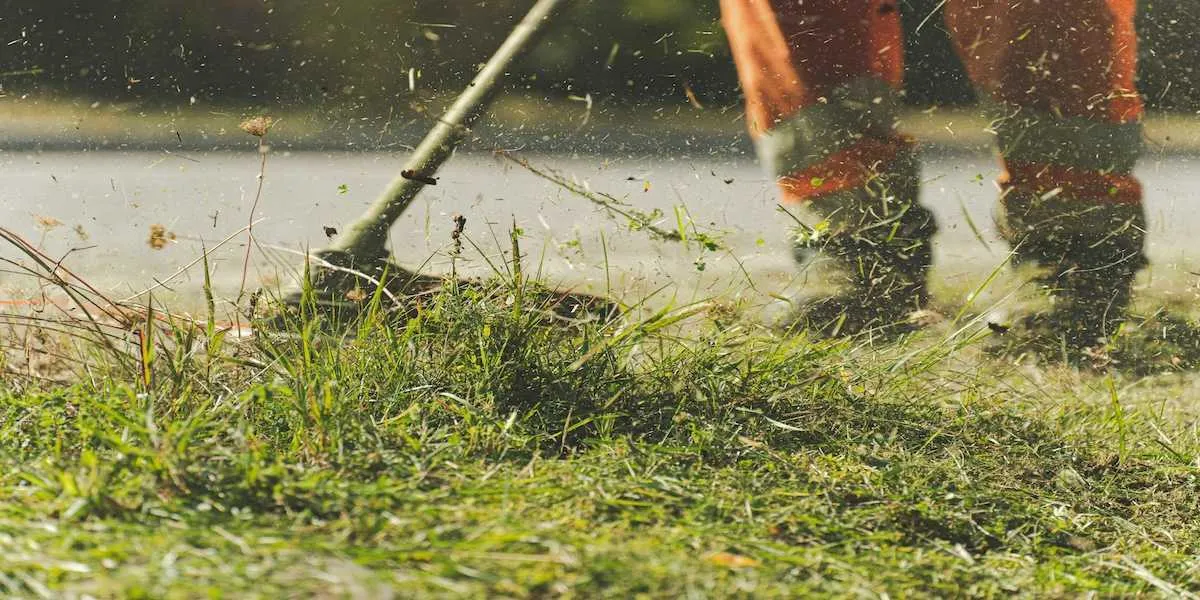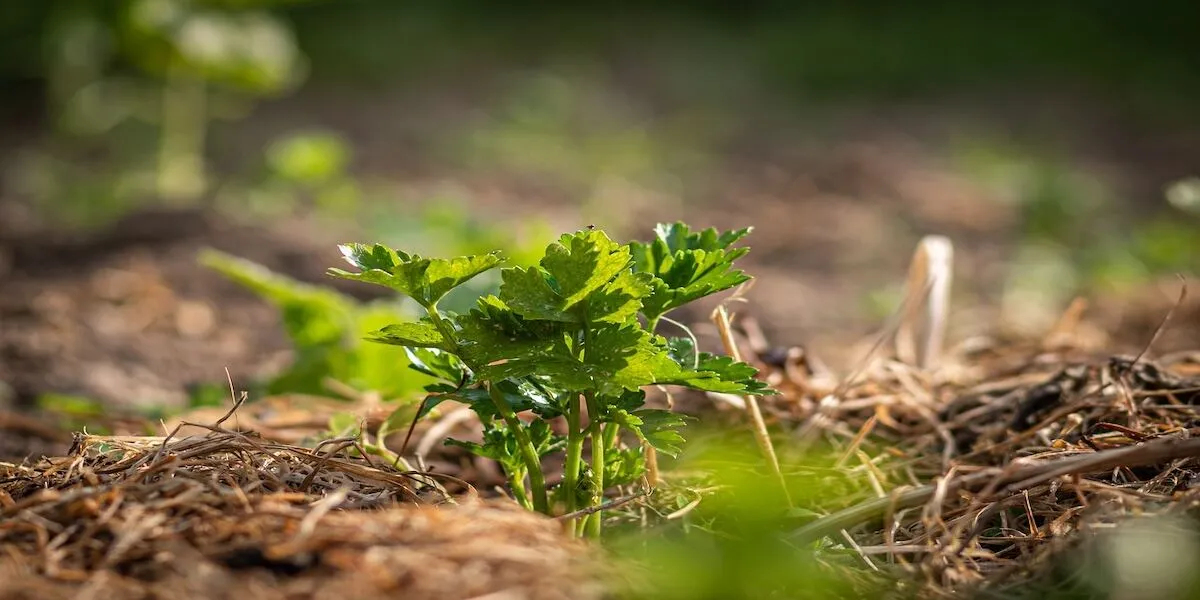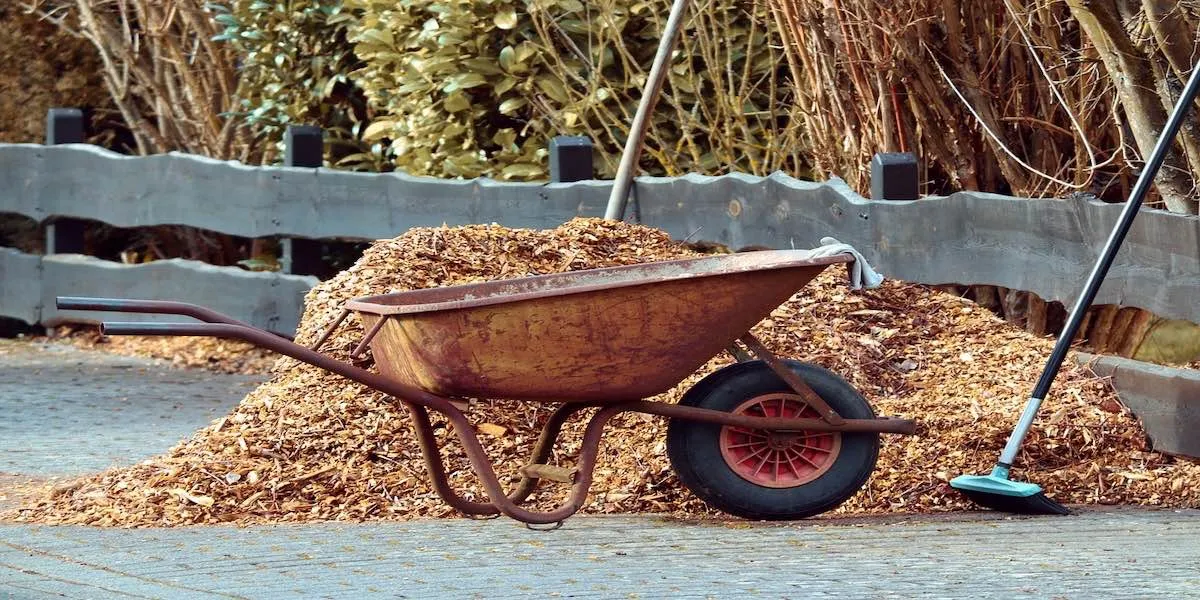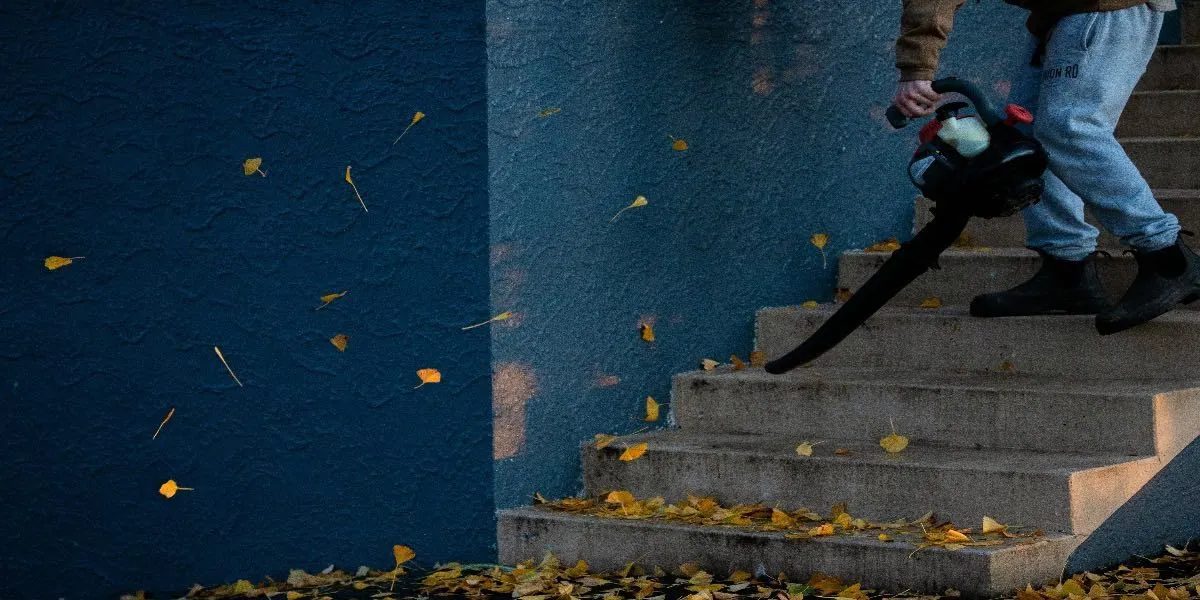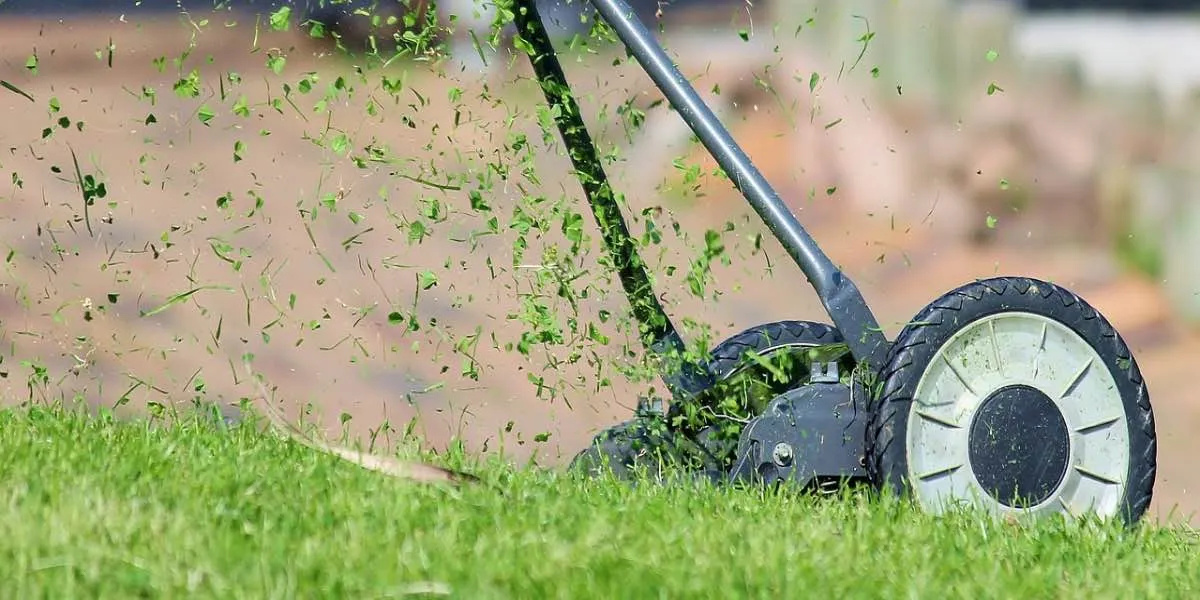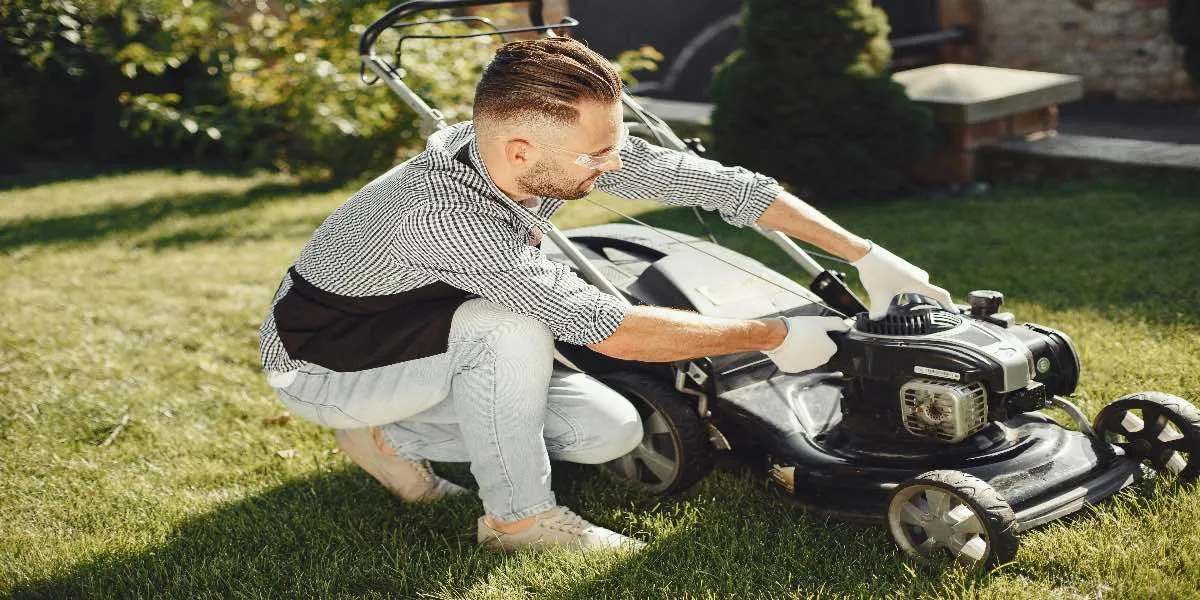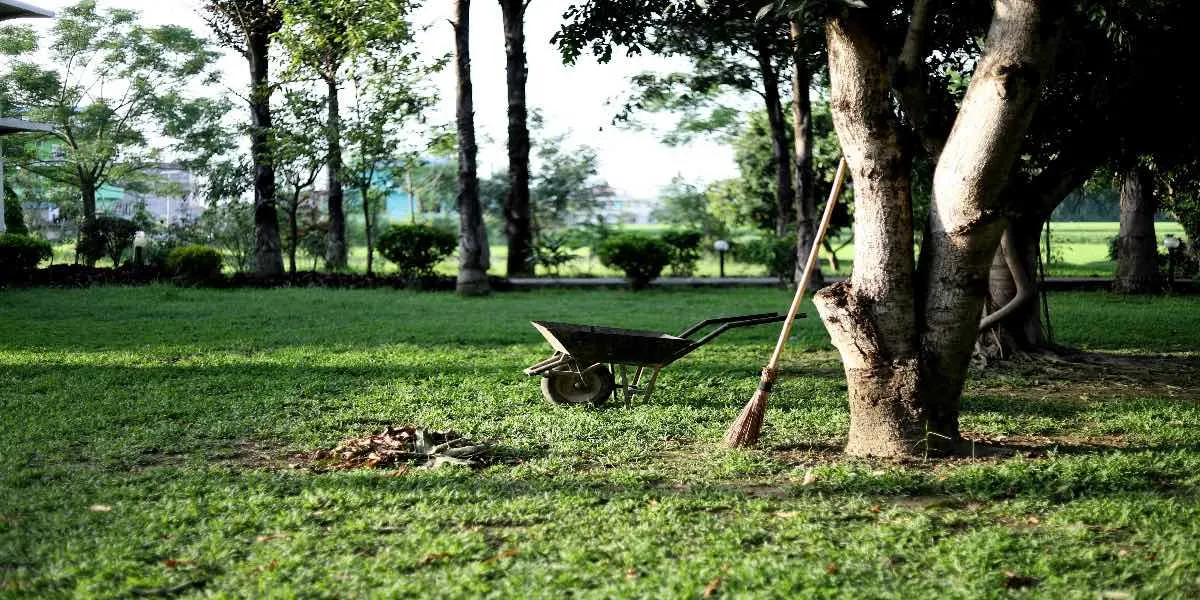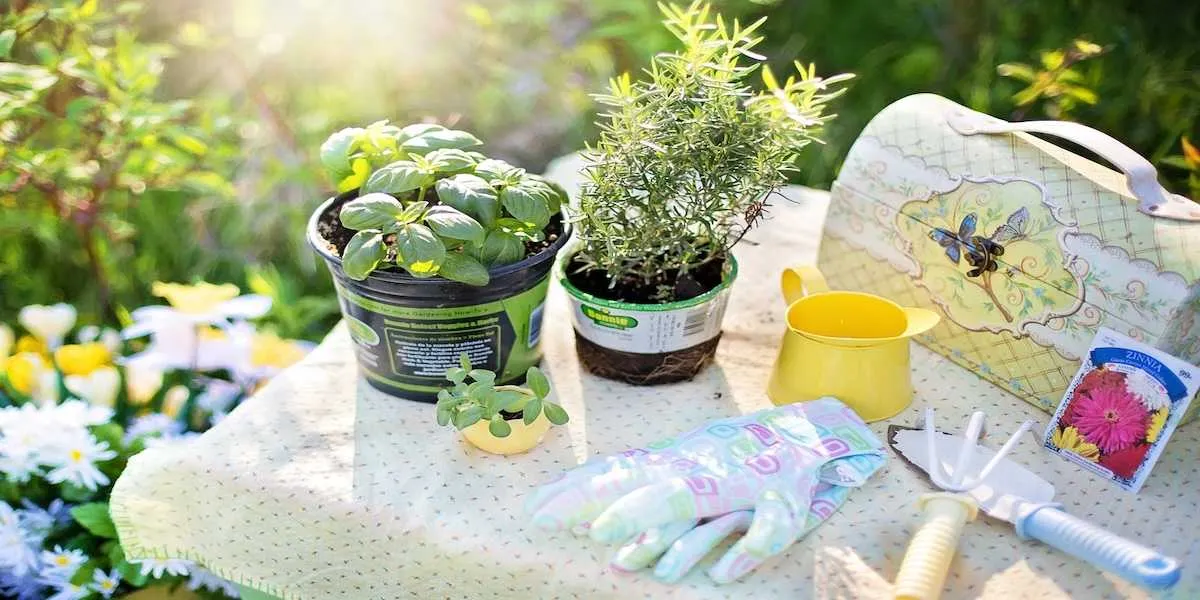How to Remove Weeds Permanently in Your Garden
Tools Official on Jun 19, 2024
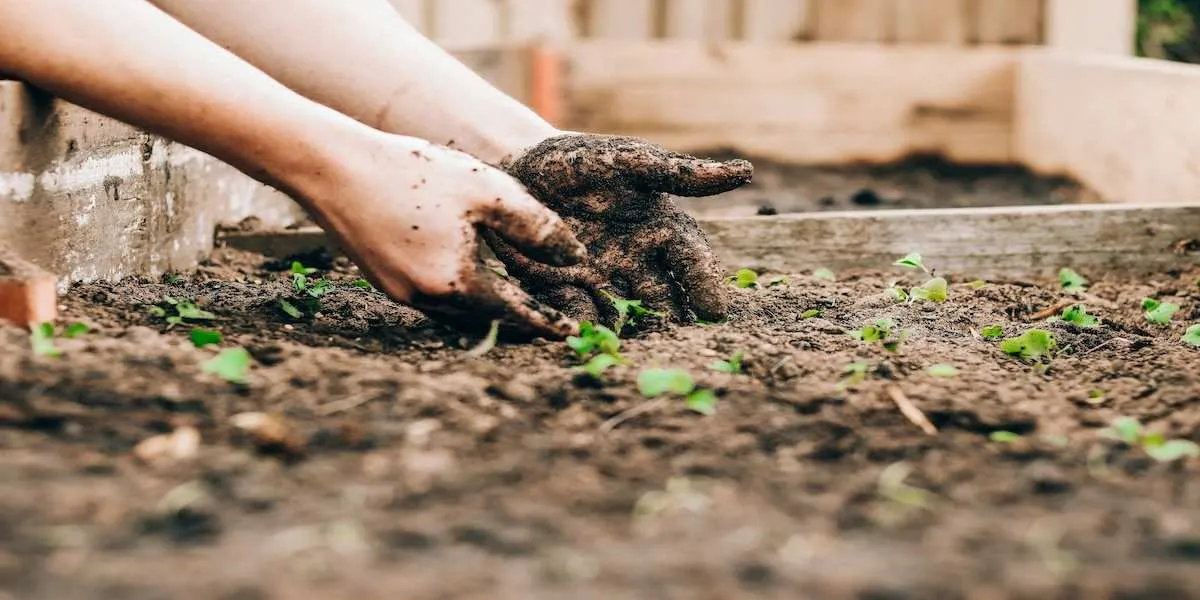
We earn affiliate commissions at no extra cost to you.
Weeds can be a persistent problem for many gardeners and homeowners.
If you're one of the many suffering from the seemingly never-ending spread of weeds in your garden, you're in the right place.
Our team at Tools Official will discuss the best ways to remove weeds and provide other tips you may need, so you never suffer from weed infestation again...well at least for a while.
Read on.
Know Your Garden Weeds
Weeds can be broadly classified into two: annuals and perennials. Identifying which weed is growing in your garden is crucial in effective weed removal and management.
Annual Weeds
This type of weed completes its life cycle in one growing season. They germinate, grow, flower, seed, and die within a year. Annuals reproduce solely by seeds and can reproduce very quickly. If not controlled, they can spread very rapidly in your lawn and take over your garden plants. Preventing the seeds from maturing is key to controlling annual weeds. Common examples are crabgrass, chickweed, and purslane.
Perennial Weeds
Perennials, on the other hand, live for more than two years, with some species surviving for decades. They can reproduce by seeds and vegetative parts like roots, rhizomes, or tubers, making them particularly challenging to remove. Successful management of perennial weeds often requires a combination of mechanical removal, lawn care, and selective use of herbicides. Common examples include dandelion, bindweed, and thistles.
Do I really need to kill weeds?
Weed removal isn't just about maintaining the aesthetic look of your garden landscape. It's also about keeping the overall health of your plants and garden ecosystem thriving.
Weeds compete with desirable plants for essential nutrients in the soil, often leaving your plants starved for the resources they need to grow and survive. Additionally, weeds can deplete soil moisture, reducing the amount of water available to your plants. This also means you have to water more frequently. Competing with weeds can lead to overcrowding and weaker and less vigorous growth.
Furthermore, weeds can harbor pests and diseases that may spread to your plants, increasing the risk of infestations in your garden. They can serve as hosts for harmful insects and fungi. Killing weeds prevents these pests from spreading and harming other plants.
Best Methods to Remove Weeds
There are several effective ways to eradicate weeds, each with its advantages and disadvantages.
1. Manual weeding
Manual weeding involves physically pulling weeds by hand or with garden tools. Many like using a hoe, joint scraper, or trowel. This method is time-consuming and labor-intensive but highly effective for weeding small areas and in-between paving stones. It ensures the entire root is removed, preventing the regrowth of stubborn weeds in your yard. It's best for removing deep-rooted perennials like knotweed and horsetail. Hand weeding also allows for precision, killing weeds without harming cultivated plants. If you're into organic gardening and own a small garden area, manual weeding is best for you.
2. Chemical Herbicide
Chemical herbicides can be used to kill weeds quickly and efficiently. It is a great method if you're suffering from large areas of weed infestation. However, caution is needed to avoid killing nearby plants. Always follow the manufacturer's instructions and wear protective clothing. Consider using organic or less toxic options to minimize environmental impact or call professionals. If chemical weed killers are too much for you, another way to kill them is by using baking soda, salt, or dish soap combined with vinegar. These home remedies can be used to kill weeds and even fungus and moss.
3. Mowing
Mowing seems like an unlikely part of this list, but it's effective for controlling weeds. Regular mowing prevents weeds from flowering and spreading seeds, while at the same time, keeping the lawn looking neat and tidy. When you mow, just remember to adjust the mower height to avoid scalping the lawn as this can encourage weed growth. Mowing works best for annuals and can be part of an integrated lawn care routine.
4. Burning
Burning weeds with a propane torch is a quick method to destroy weeds. This technique is best for driveways, patios, sidewalks, and other hard surfaces to minimize harming nearby plants and prevent the fire from spreading. If you choose this method, make sure you're not doing it near flammable materials. Flame weeding kills the weeds' top growth but may not affect deep roots, so it might need to be repeated more often. Another method that uses heat is by pouring boiling water directly onto the weeds.
5. Landscape Fabric
A landscape fabric or weed barrier is also great for preventing new weeds from growing in garden beds. It is laid on the soil surface and covered with mulch. This method is highly effective for long-term weed control but can be costly and difficult to install. It works well for areas where you plan to plant perennials or shrubs.
6. Ground covers
Planting ground covers, like clover or creeping thyme, can suppress weeds by providing dense foliage that weeds can't penetrate. This method is both aesthetically pleasing and functional. Ground covers can also improve soil health and provide habitats for beneficial insects like ladybugs. Choose ground covers that are suited to your climate and soil conditions to get the best results.
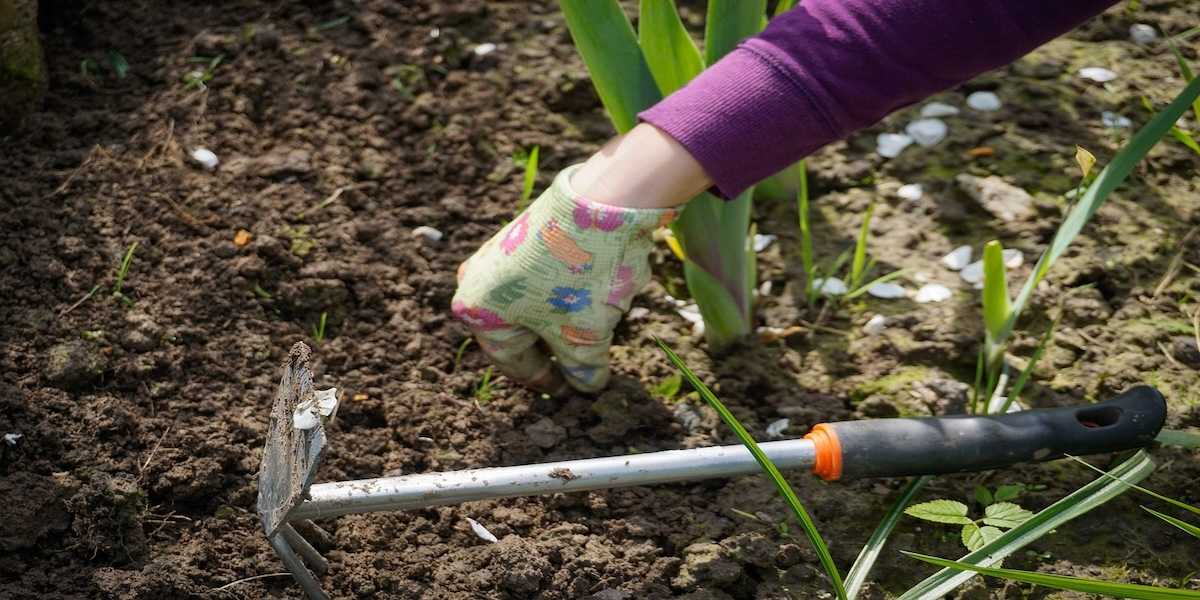
Can you get rid of weeds permanently?
Unless you decide to turn your entire lawn into concrete, you won't be able to eliminate weeds permanently. However, this is not to say you can't control them. With consistent and effective weed management, you can significantly reduce the presence of weeds in your garden. Additionally, promoting healthy soil and plant growth can make your garden less hospitable to weeds. Healthy plants compete better with weeds, reducing their chances of growth. Over time, a well-maintained garden will see fewer weed problems.
Tips for Efficient Weed Removal
To remove weeds effectively, you need a combination of timing, technique, and tools. Here are some tips to help you remove weeds like a pro.
1. Wear protection.
Anytime you do garden work, make sure you're wearing the right attire. Wear gloves, a hat, long sleeves, and pants to protect yourself from irritants, thorns, and insect bites. Also, don't forget to wear sunscreen to prevent sun damage.
2. Eliminate weeds as soon as they sprout.
Early intervention prevents weeds from establishing deep root systems or spreading weed seeds. Young weeds are also easier to remove compared to more established ones.
3. Weed after rain or when the soil is moist.
Weeding when the soil is moist makes it easier to pull out the entire weed - roots and all. Weeding on dry days makes the root more prone to snap when you pull the weeds.
4. Remove the entire root.
When you weed, make sure you're removing the entire root system, especially for perennial plants, to prevent regrowth. Use trowels to dig deep and get all parts of the root.
5. Consider lopping off their heads.
For weeds that gone to seed, cut off their heads to prevent seed dispersal. This won't kill the weed but can prevent future generations and buy you time to remove the roots before they spread.
6. Mulch as you weed.
Applying mulch after weeding can help suppress new weed growth by blocking sunlight. Mulching also helps retain soil moisture and improve soil health. Organic mulches like straw, wood chips, or composts are great for improving soil health.
What can I do with the weeds I removed?
Once you've removed weeds, you can simply throw them away. Check with local waste management for guidelines on proper disposal.
If you don't feel like throwing them, you can use them as compost. Many weeds can be composted but avoid composting those with seeds or persistent roots. Hot composting can kill weed seeds, but if you're unsure, dispose of them to avoid spreading.
You can also use weeds as green manure to enrich your soil. Chopped up, they can provide nutrients and organic matter.
Some weeds, like dandelion, are also edible and nutritious. If you're interested, you can cook them or turn them into tea. Many resources online provide information on dandelion recipes. Just make sure you're using dandelion or other edible weed that hasn't been treated with pesticides.
To End
Dealing with weeds can be annoying, however, if you follow the tips we've outlined above, you can keep your garden weed-free for a long time.
Remember, consistent maintenance is key. Whether you choose to manually pull the weeds or use chemical treatments, the goal is to reduce weed spread and keep your garden plants thriving.
Happy weeding!

